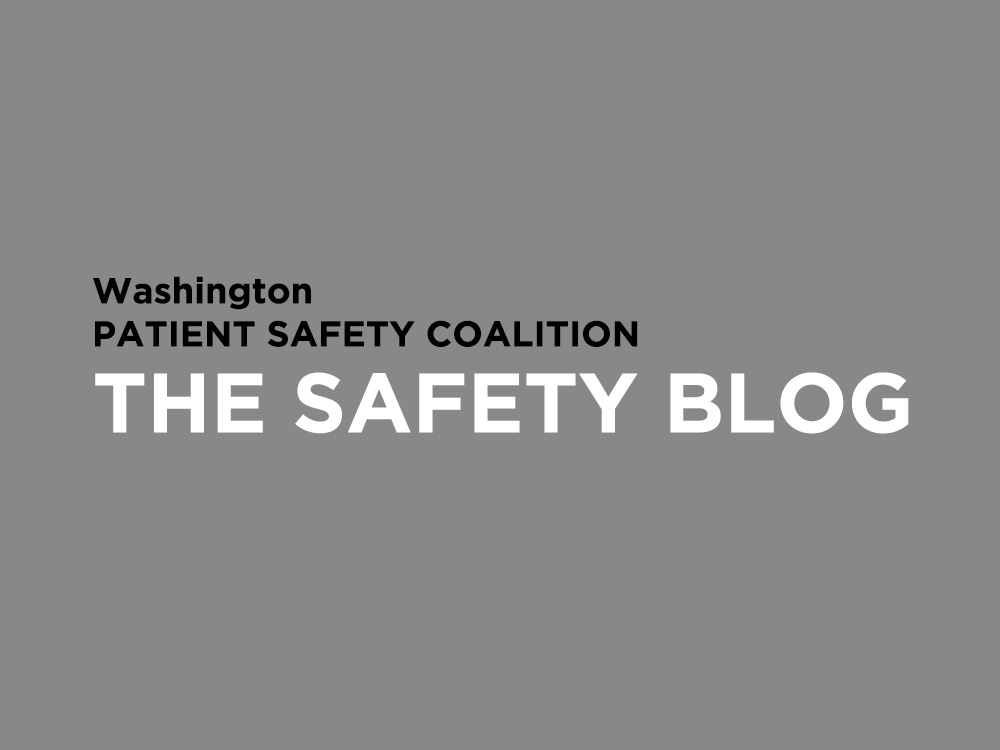- FHCQ Foundation for Health Care Quality
- COAP Care Outcomes Assessment Program
- Spine COAP Care Outcomes Assessment Program
- SCOAP Care Outcomes Assessment Program
- OBCOAP Care Outcomes Assessment Program
- CBDR
- Smooth Transitions
- WPSC Patient Safety Coalition
- Bree Collaborative Bree Collaborative
- Health Equity Health Equity
- Admin Simp
- Contact Us
Patients’ access to lab test reports: how does this affect patient safety?

Patients’ access to lab test reports: how does this affect patient safety?
by Rosalee Allan
Sr. Vice President/Chief Operations Officer, Pathology Associates Medical Laboratory
As part of an ongoing effort to empower patients to be informed partners with their health care providers, the Department of Health and Human Services (HHS) has taken action to give patients a means of direct access to their completed laboratory test reports. “The right to access personal health information is a cornerstone of the Health Insurance Portability and Accountability Act (HIPAA) Privacy Rule,” said Secretary Kathleen Sebelius. “Information like lab results can empower patients to track their health progress, make decisions with their health care professionals, and adhere to important treatment plans.”
These changes give patients the option to obtain test reports directly from the lab, while strong protections for privacy are maintained. Another trend is access to one’s results via patient portals. These are typically provided by their physicians, hospital systems or by the laboratories that performed the test. You may know these under names such as MyChart from Epic, FollowMyHealth, Cerner Patient Portal, and NextMD.
This is a significant change over how lab results were historically delivered. Previously, they were reported only to the ordering provider or other health care providers cc’d by the practitioner. The provider would review the results, interpret the information, evaluate the results from the context of all the other information they had on the patient, make a diagnosis, and design a treatment plan. Then the patient would be contacted.
Today, patients may have access to their test results before the health care provider who ordered the test does. Is this good for patient safety? One could argue that the patient now has more control and can speed up the path to diagnosis or treatment by becoming more educated about the results and escalating any concerns. Physicians are under pressure to review charts promptly, as they could have patients pressing for immediate action. A counterargument would be that patients might become confused and frustrated trying to interpret lab results that were designed to be read and interpreted by providers: lab results are not typically printed in a consumer-friendly format and it is very possible that a consumer can interpret the results incorrectly. With immediate access to results, patients could take action inappropriately by researching on the internet or taking advice from others.
One resource that is available that helps to bridge this gap is Lab Tests Online [http://labtestsonline.org/]. The site is produced by the American Association of Clinical Chemistry (AACC) and is the result of a collaboration of professional societies representing the laboratory community. The site has been designed to help patients or family caregivers to better understand the many tests that are part of routine care as well as diagnosis and treatment of a broad range of conditions and diseases.
Recent Posts
- TakeCharge This Patient Safety Awareness Week: 5 Steps to Safer Healthcare
- Stigma & Bias in Healthcare: The Obstacles, Consequences and Changes Needed
- Agility in Crisis: How The Everett Clinic responded to COVID-19
- Collaboration over Competition: How Pediatric Hospitals Can Thrive When They Work Together
- Reducing Stress for Health Professionals During the COVID-19 Pandemic

